1、 Curing method
1. Temperature: its adaptability to temperature is very strong. In winter, it can stand a low temperature of minus 50 degrees. In summer, if the temperature is as high as 38 degrees, it will not affect its normal growth and flowering. However, the most suitable temperature can be between 15 and 25 degrees
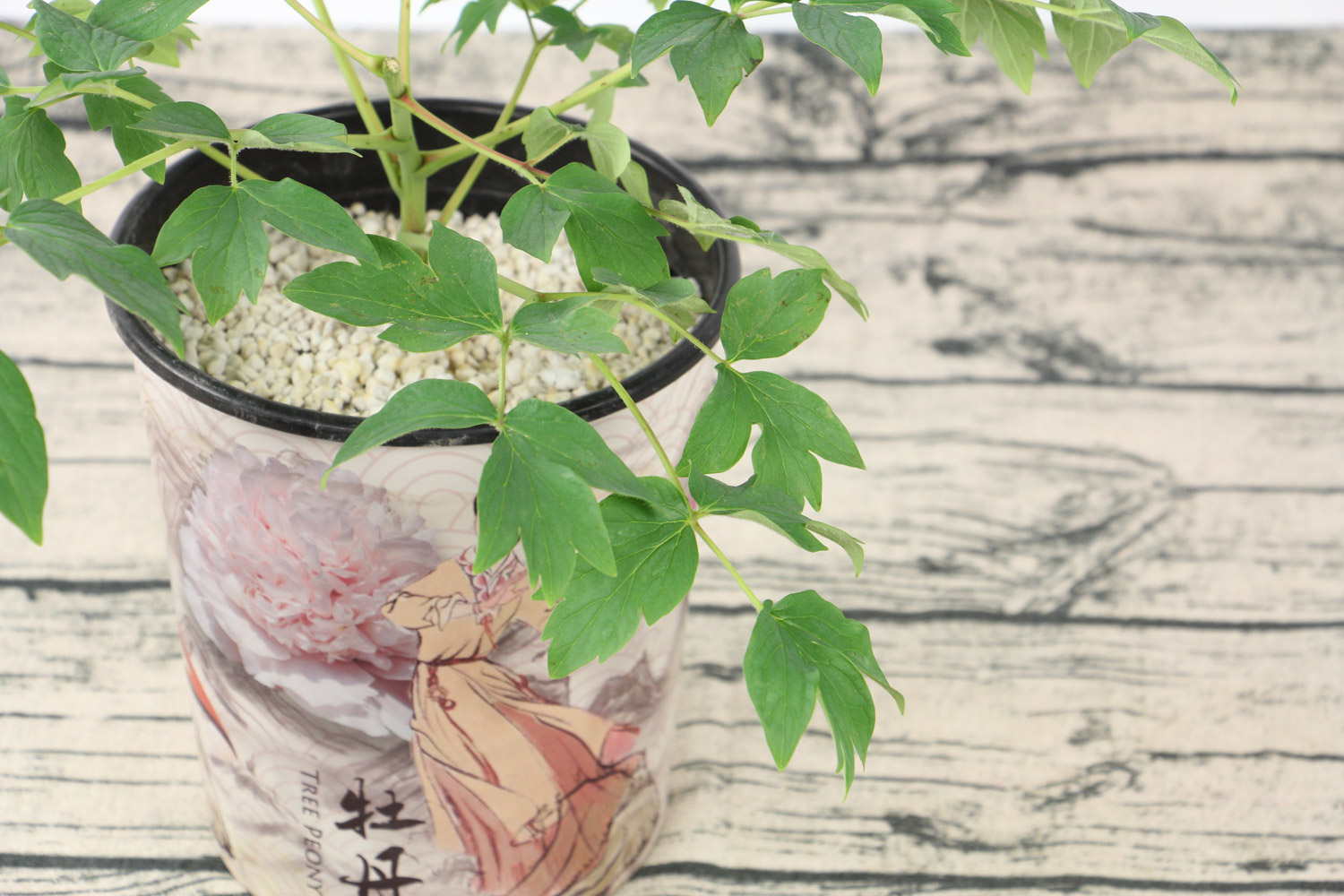
2. Light: it still prefers sunshine. Generally speaking, when it grows fast and before and after flowering, it needs to be placed in a place with good sunshine, so that it grows well and has a large number of flowers. However, it should be placed in a shady place in summer. Too strong light will burn its leaves
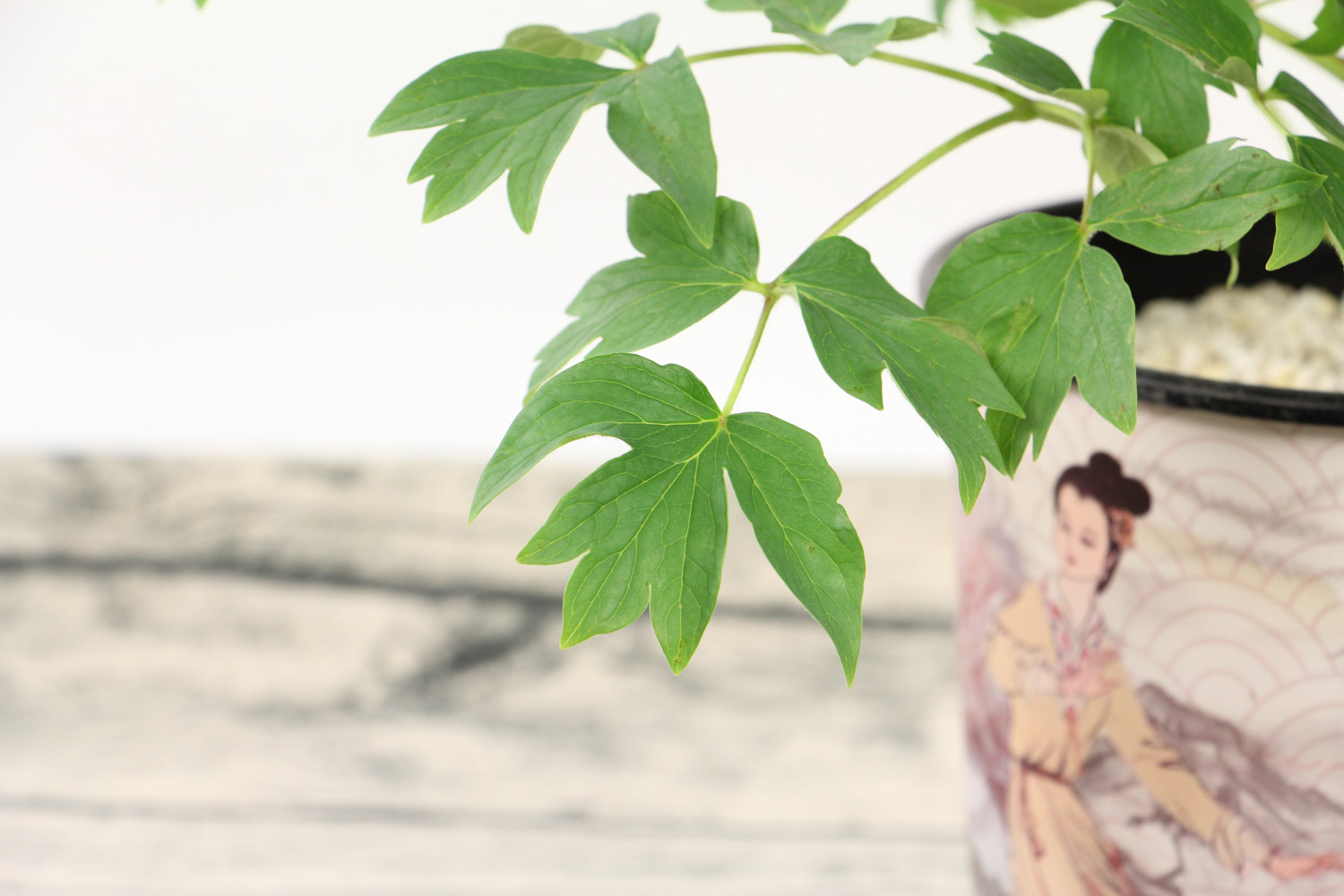
3. Watering: it likes humidity, but too much waterlogging will have adverse effects. It needs to be slightly wetted during growth and flowering. However, no ponding is allowed, and drainage is also required in rainy season. Moreover, when the temperature is low, you can't pour too much water
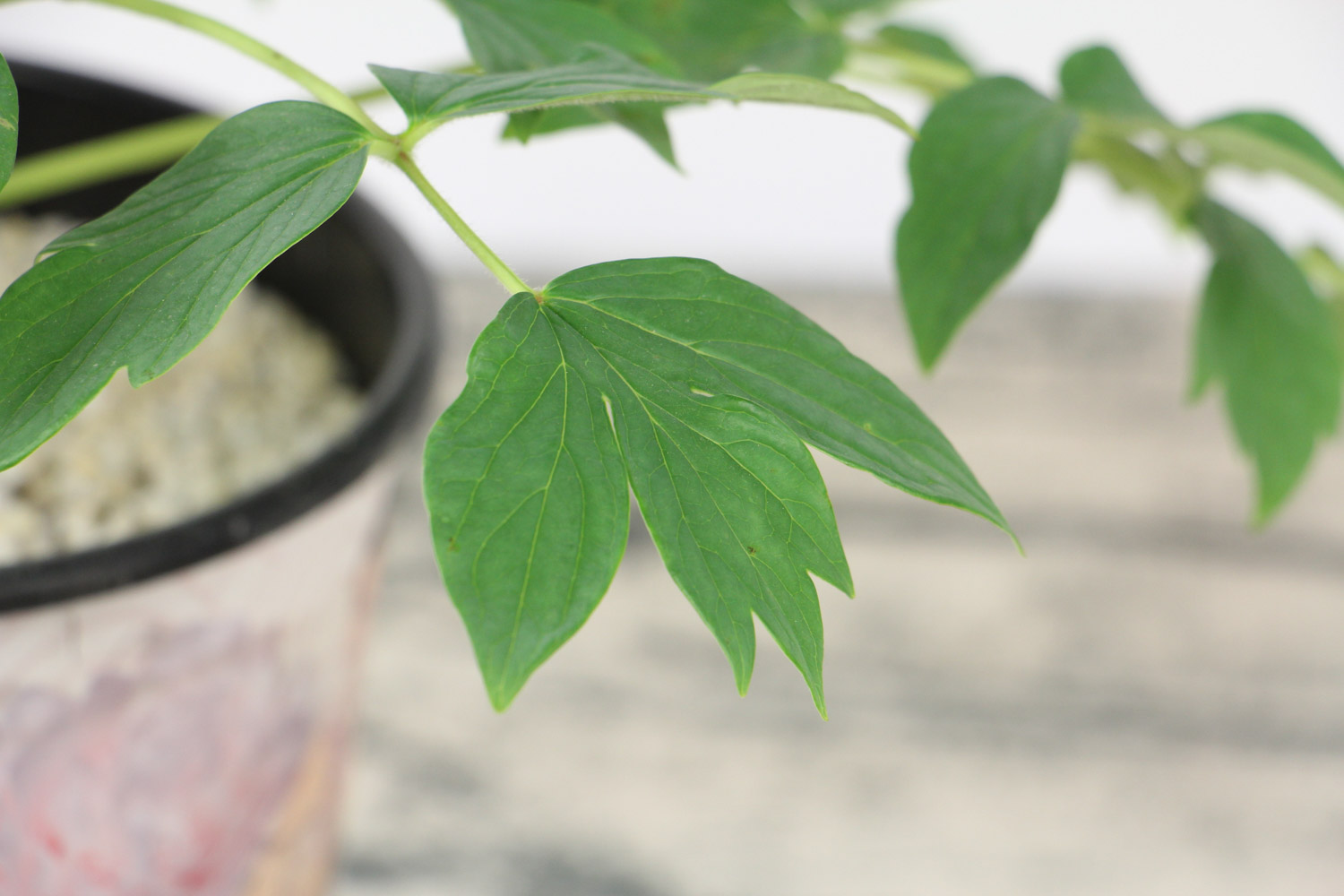
4. Fertilization: pay attention to the enrichment of nutrient elements. Generally speaking, the best ratio of nitrogen, phosphorus and potassium is two to two to one. In addition, it is best to water after fertilization
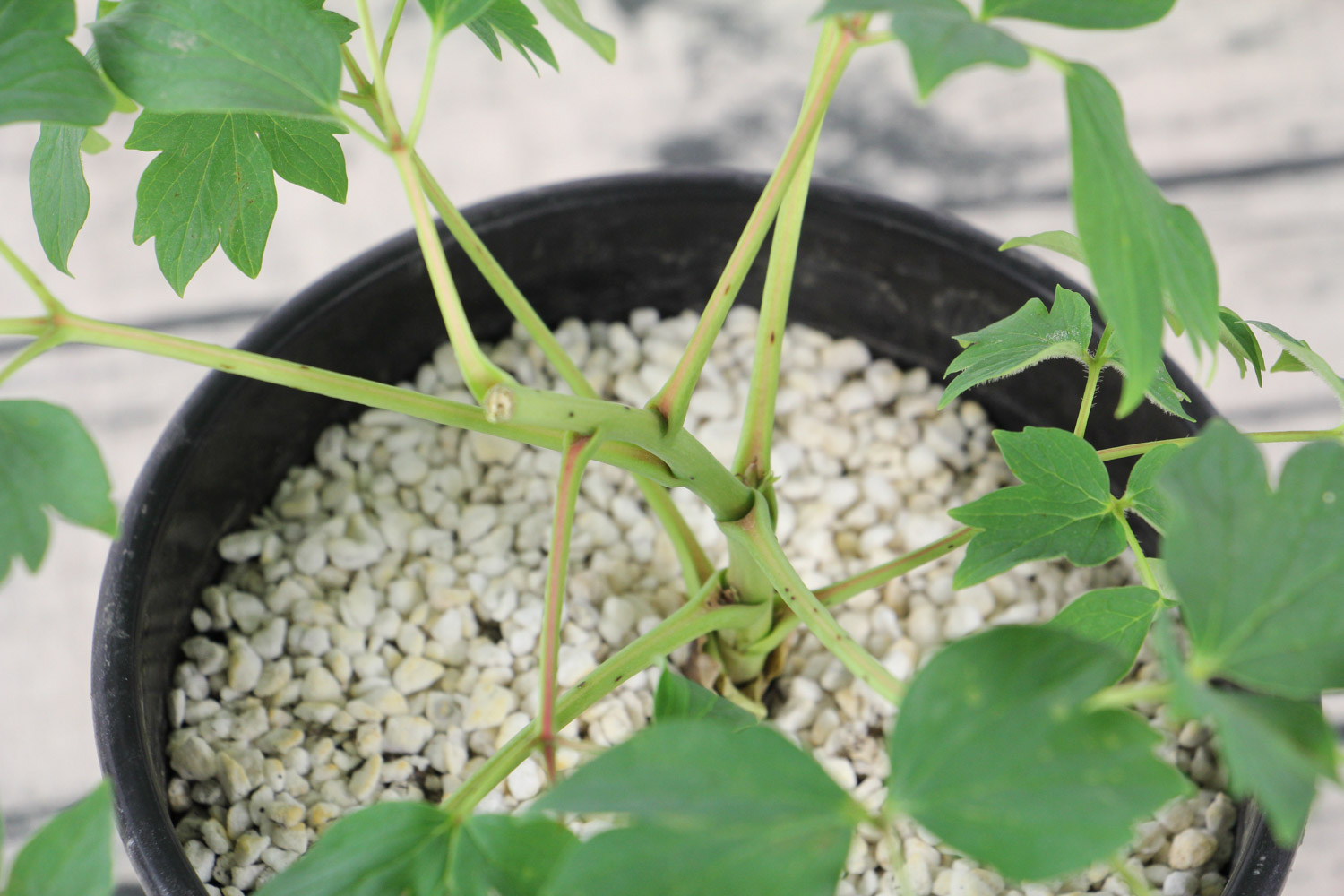
2、 Breeding skills
1. Propagation: the material used in the propagation of tangled peony is its foot bud root segment. Foot bud refers to its white fleshy rhizome. These can be found in the soil layer 30 centimeters underground. It can be carried out in spring and autumn. After digging them out, they can be planted. Some base fertilizer shall be mixed into the matrix in advance. After planting, keep the temperature suitable and germinate in about ten days
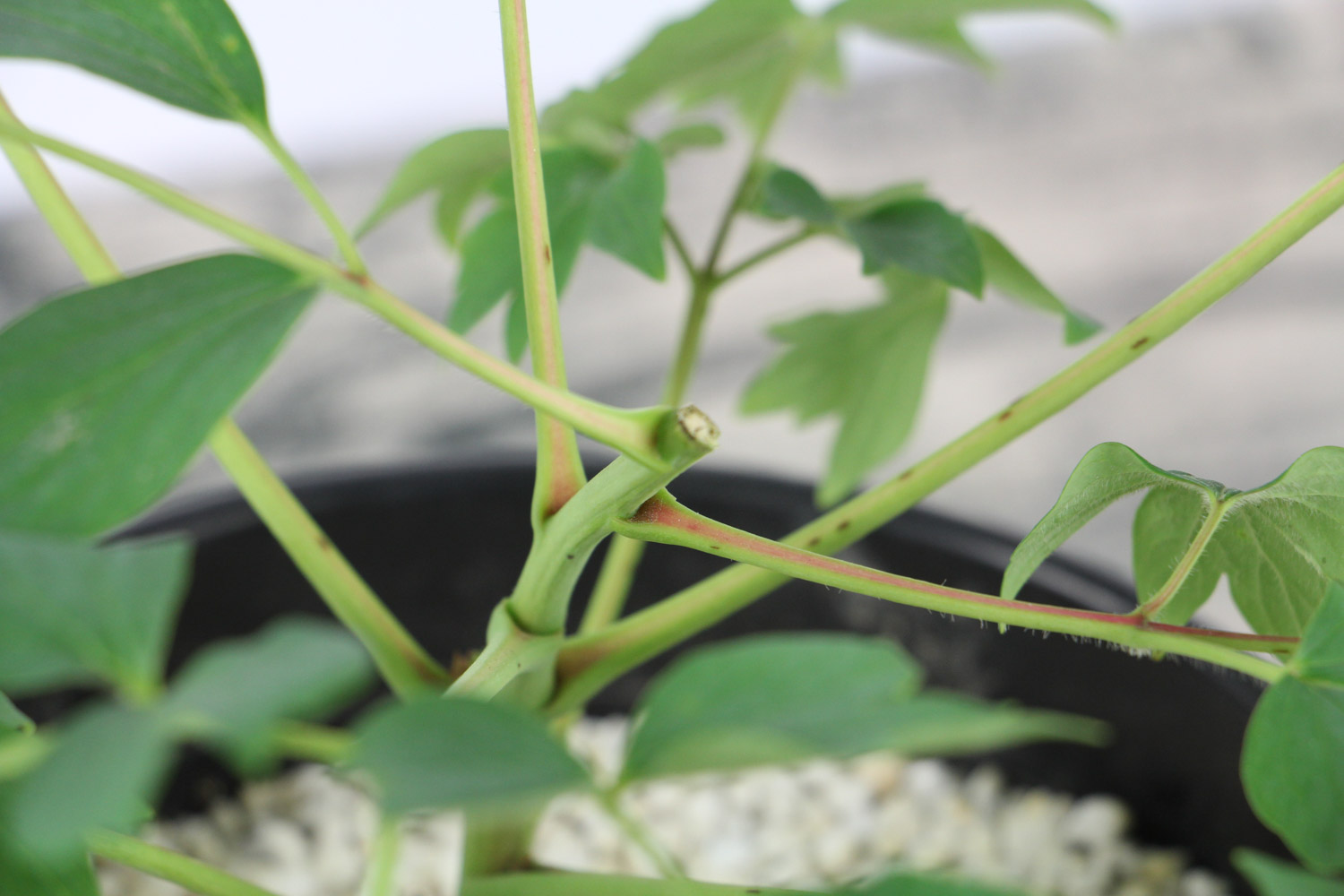
2. Pruning: the most important thing is pruning after flowering. Because the dry branches left after flowering will be very long, which will affect the subsequent growth. In addition, those diseased, long insects and redundant lateral branches need to be trimmed in time to avoid affecting the overall health
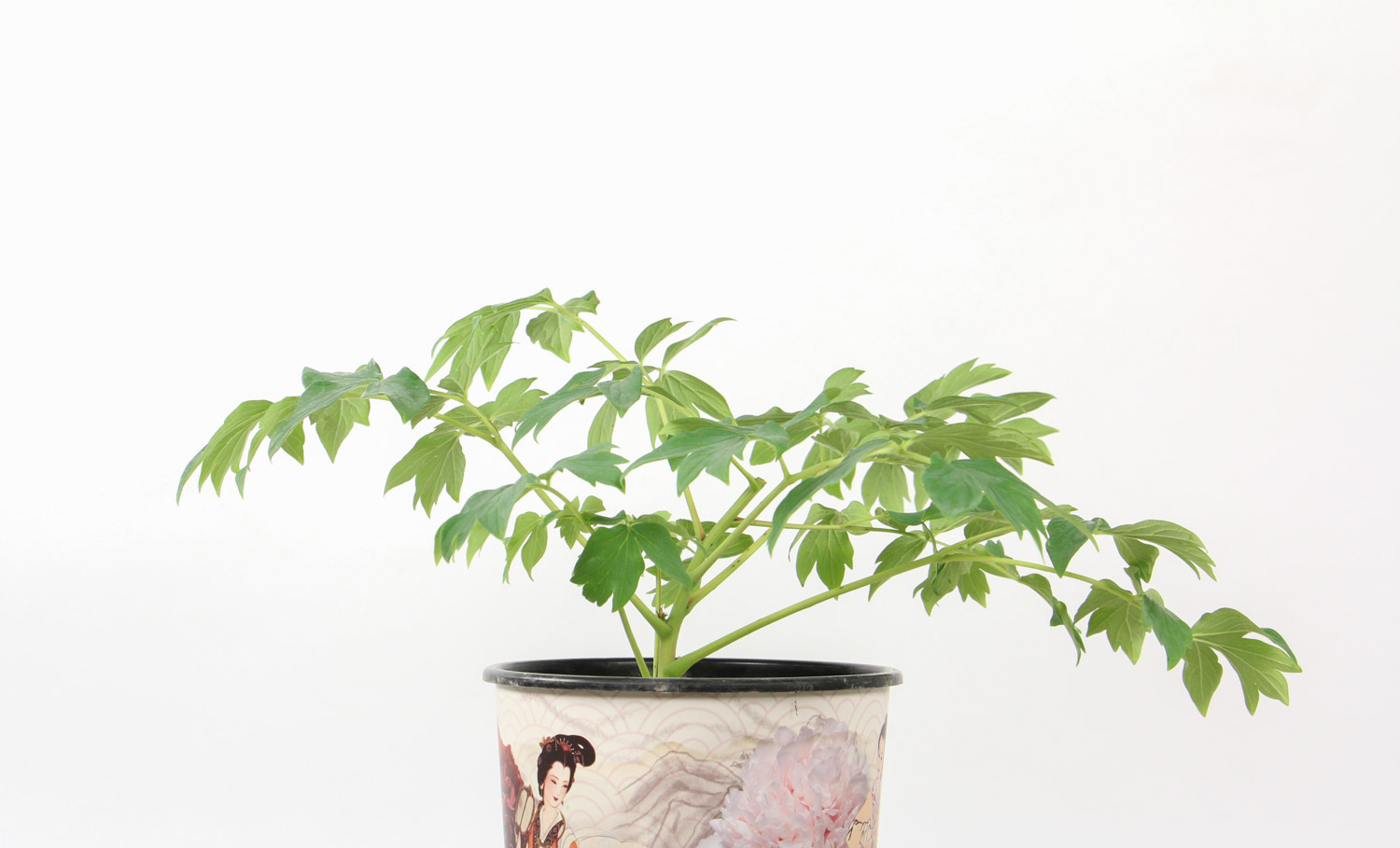
3、 Diagnosis and treatment problems
1. Disease: there may be the harm of "root rot", which may be caused by too much watering. It can be prevented and treated with metalaxyl and oxazoline. There are also "leaf spot", "brown spot" and so on, which can be treated with chlorothalonil
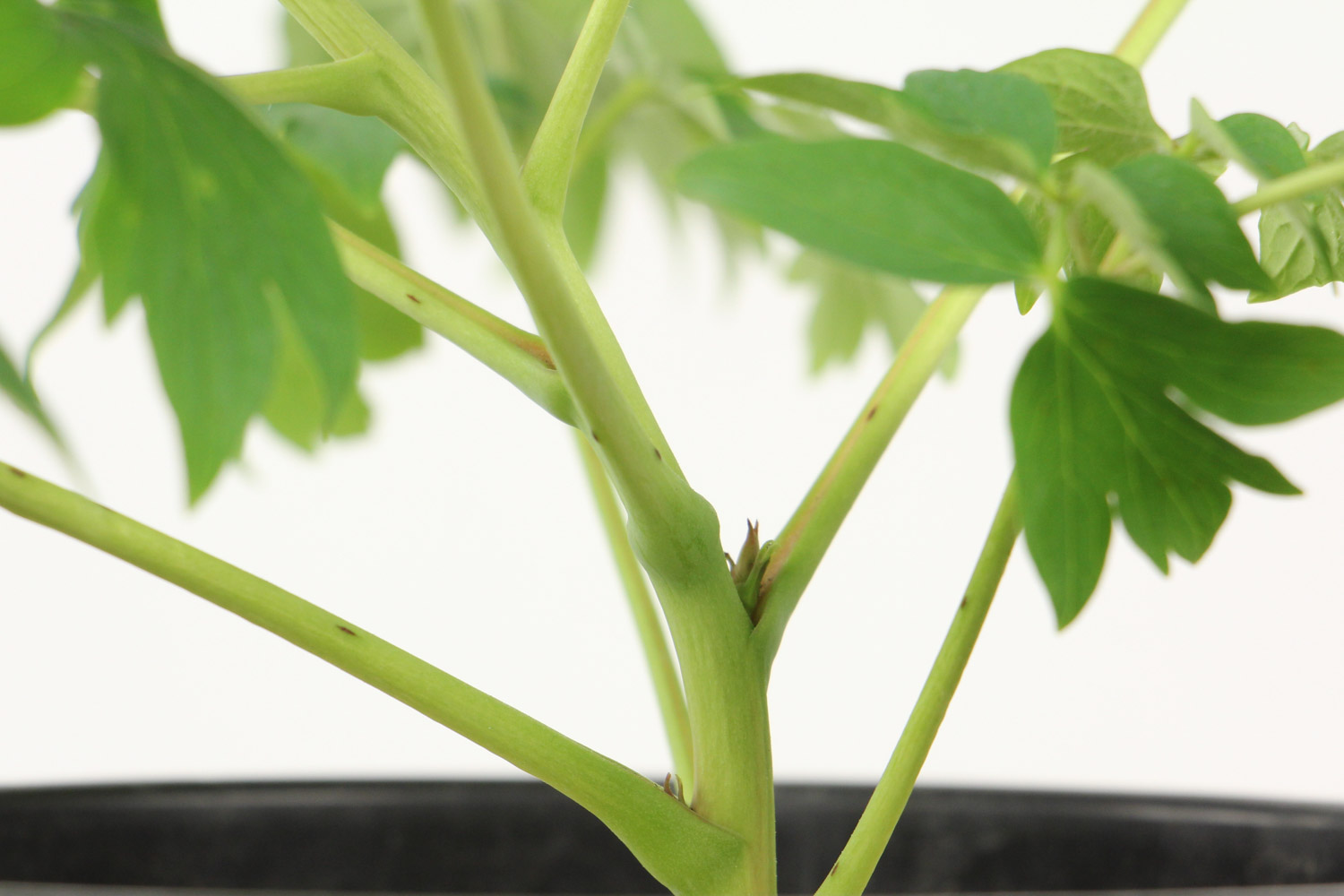
2. Pests: in summer, there are many pests. For example, there are "termites", "grubs", "leaf curling moths" and so on. Some insecticides can be sprayed regularly
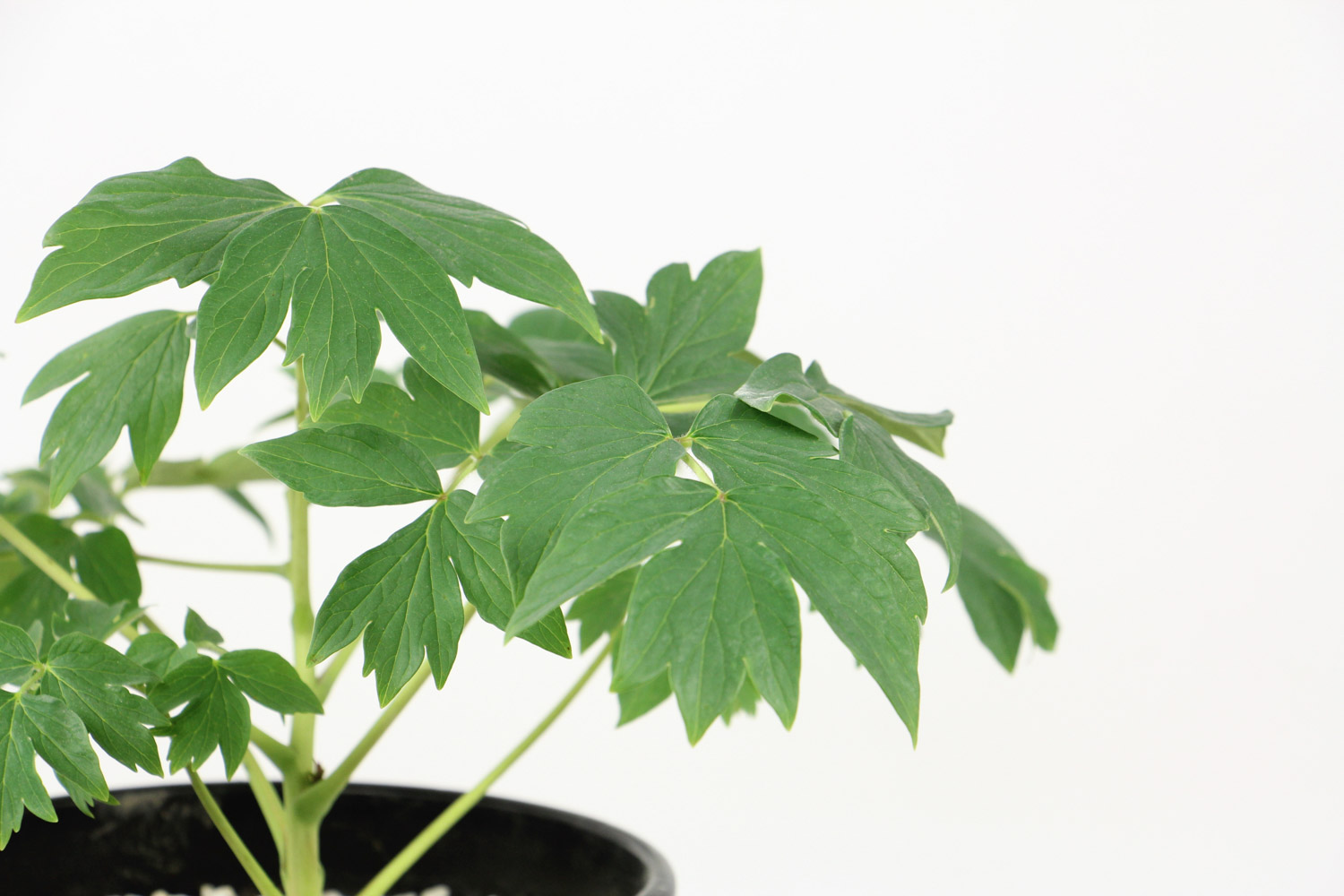
4、 Other issues
1. Toxicity: it is not poisonous and will not emit harmful gases

2. Whether it can be raised at home: it's very ornamental. It's good to put it at home as decoration< a>


 jackfruit
jackfruit snake plant
snake plant hibiscus
hibiscus hydrangea
hydrangea lavender
lavender Green roses climb al...
Green roses climb al... If you don't pay att...
If you don't pay att... Management of four g...
Management of four g...


































